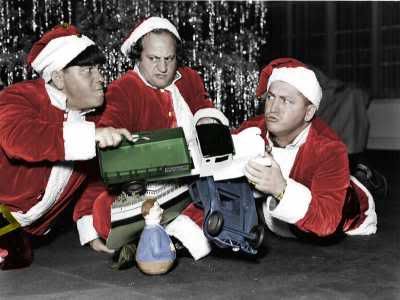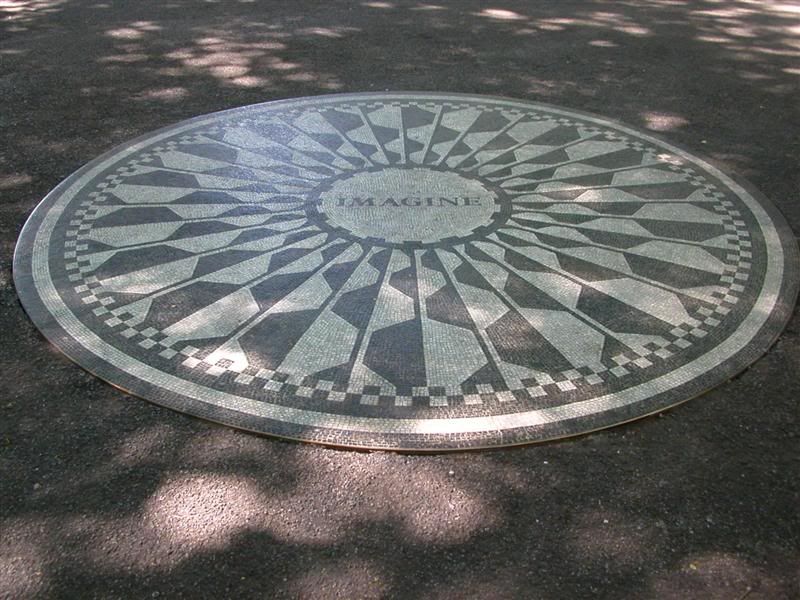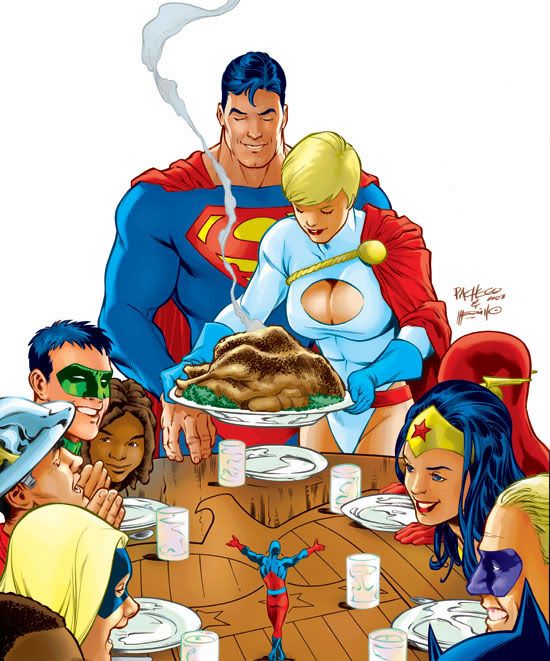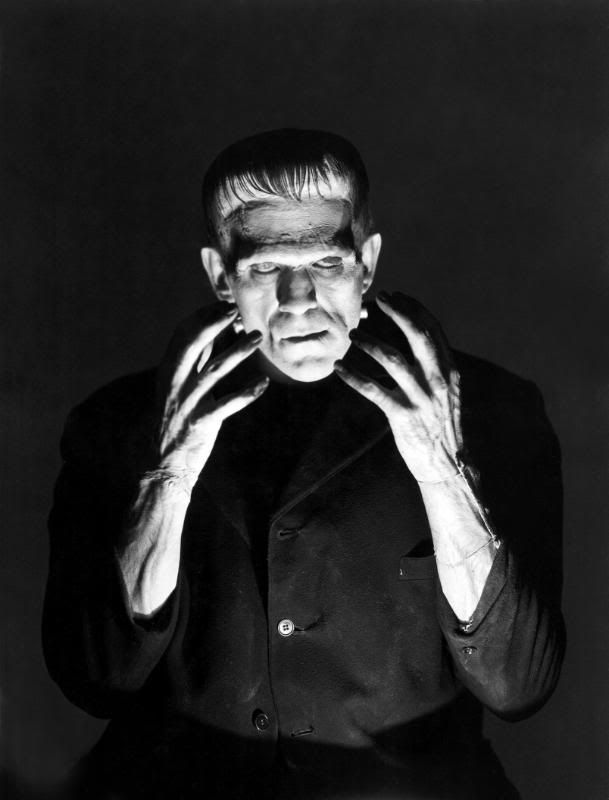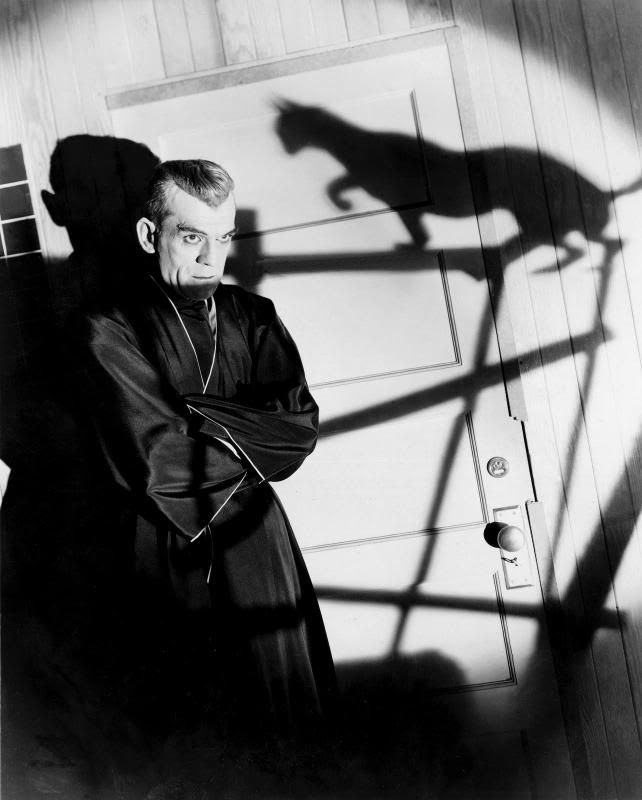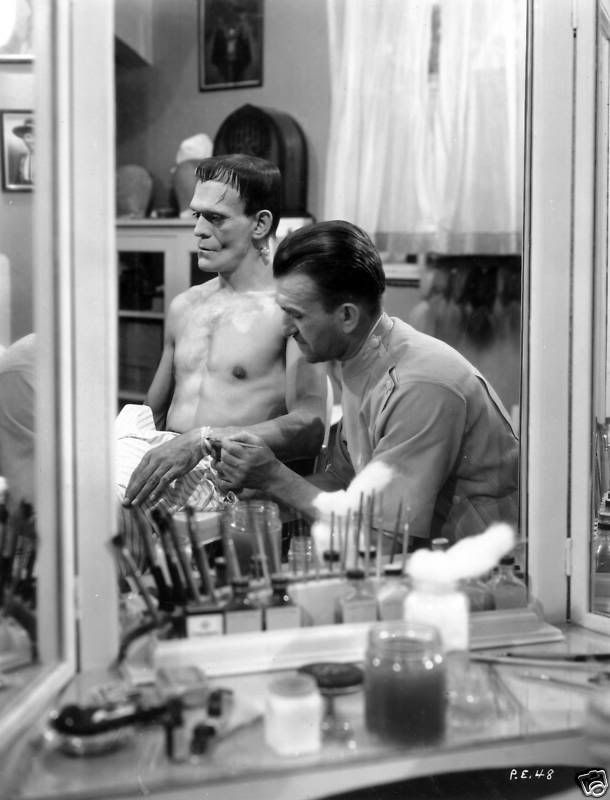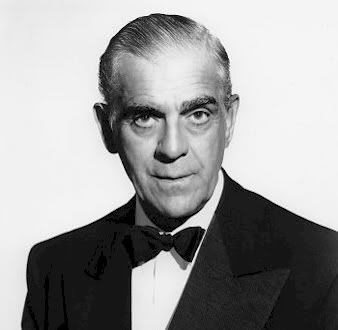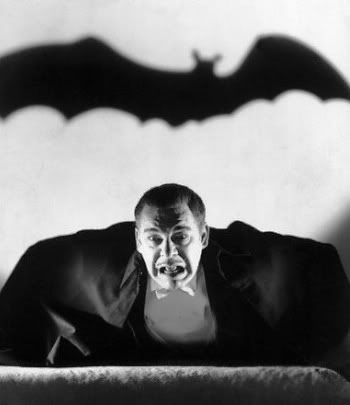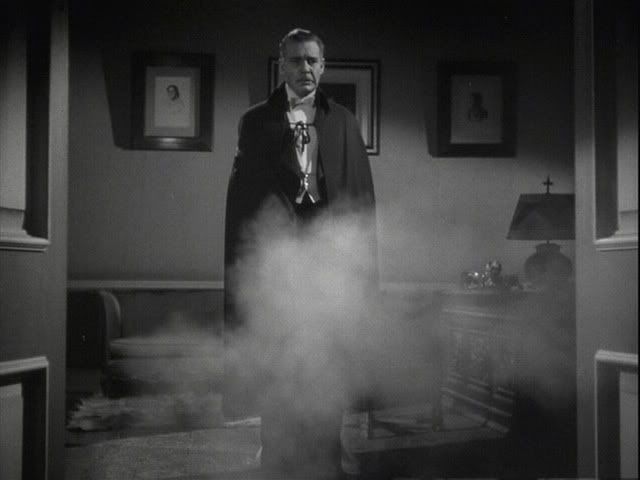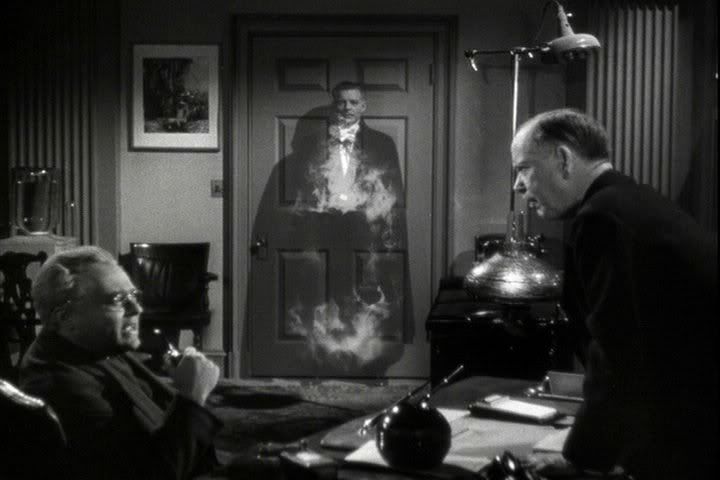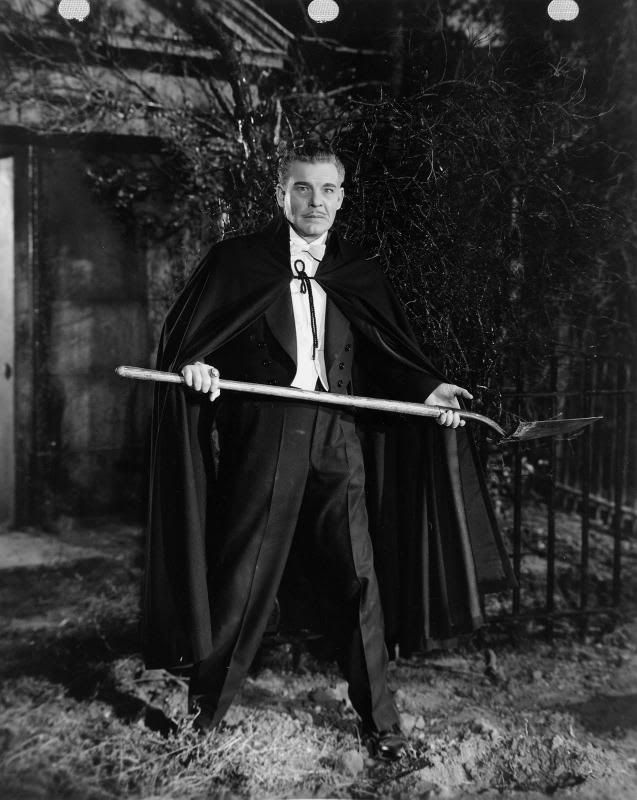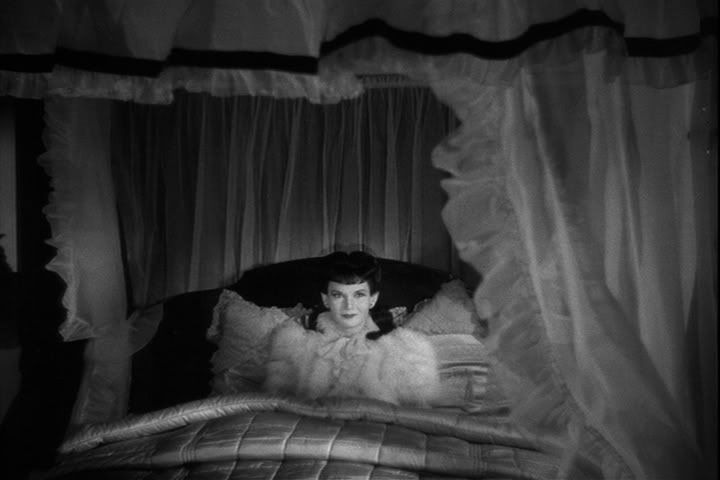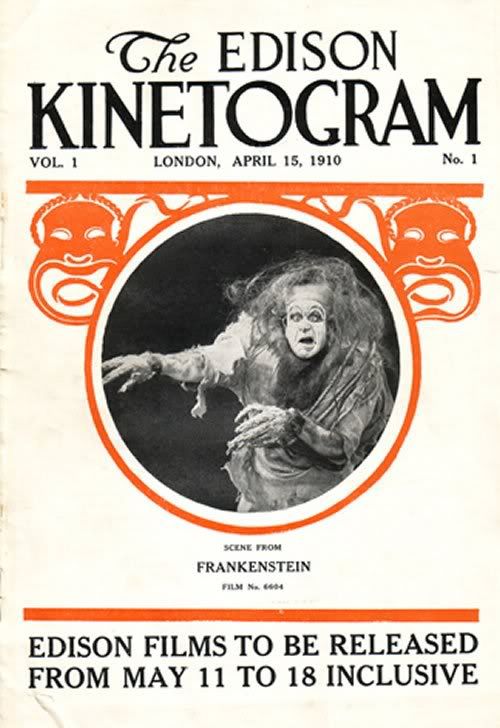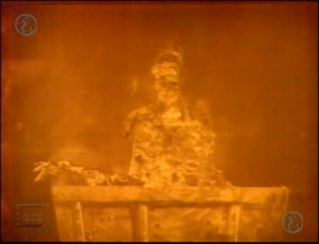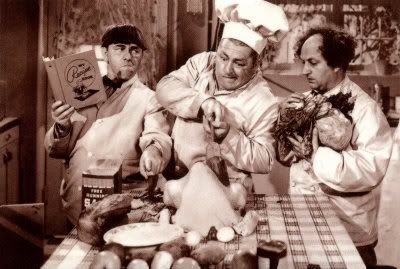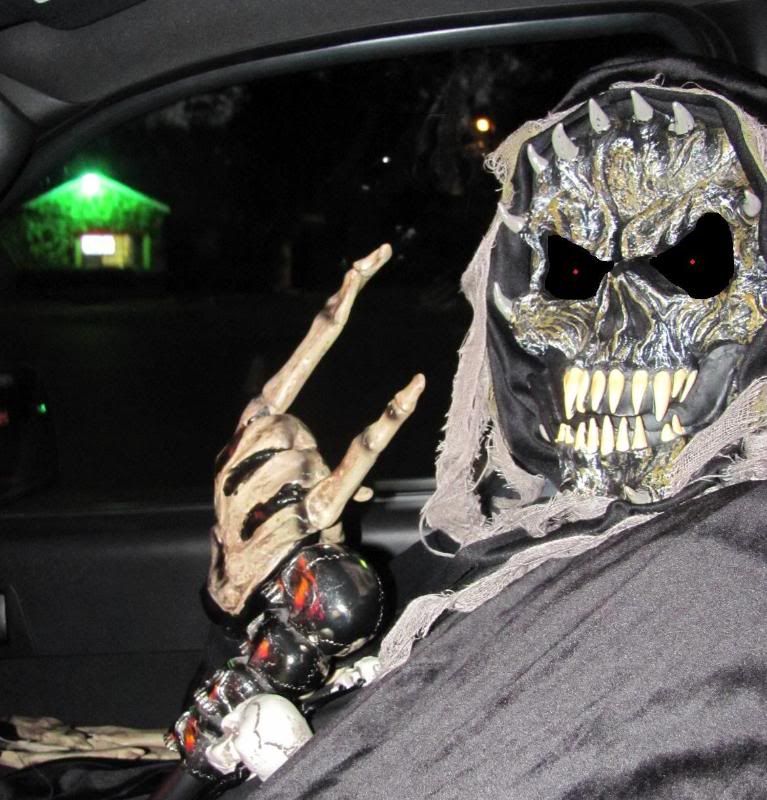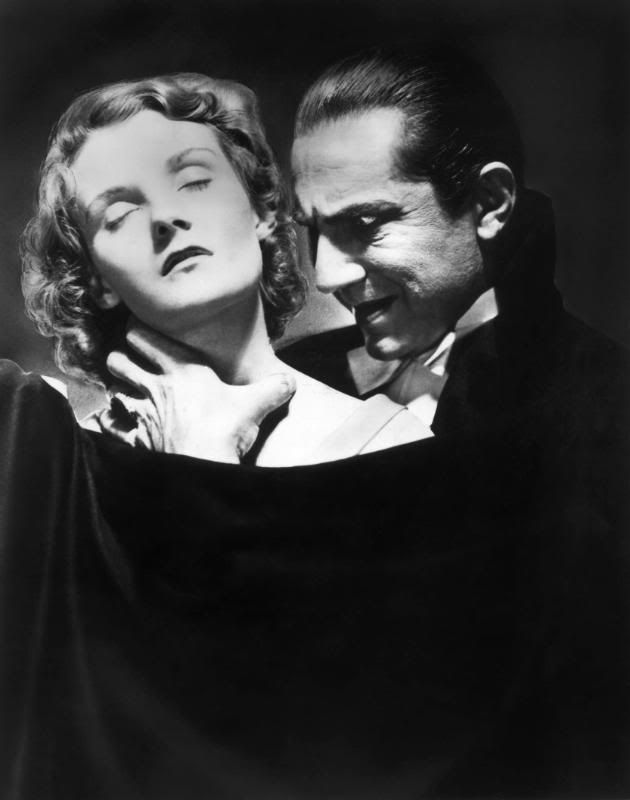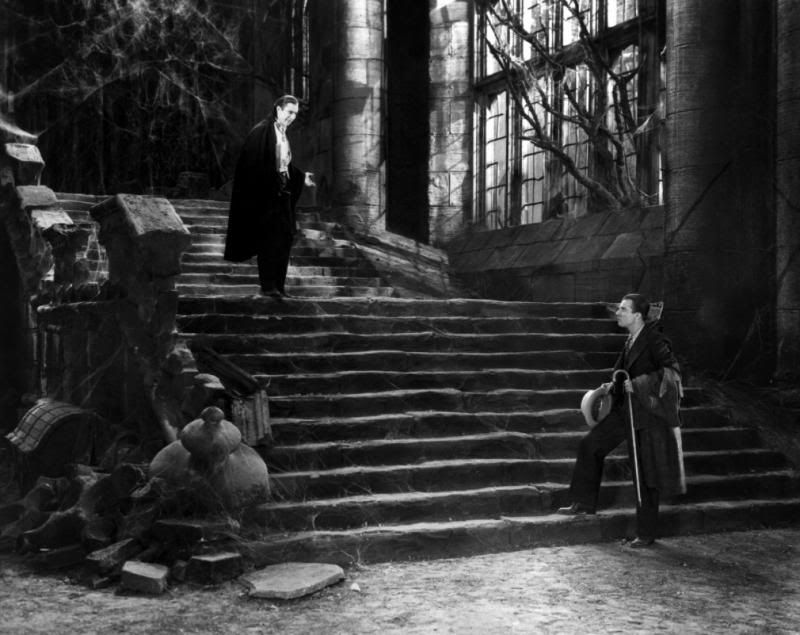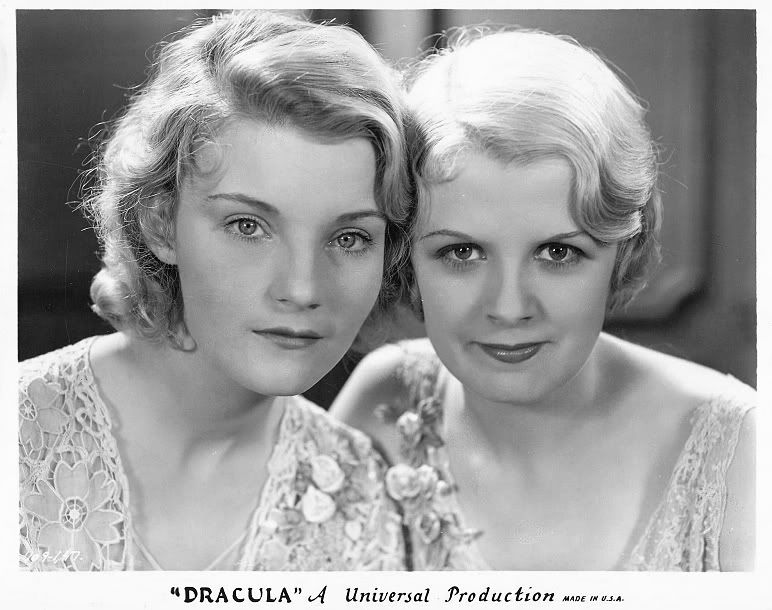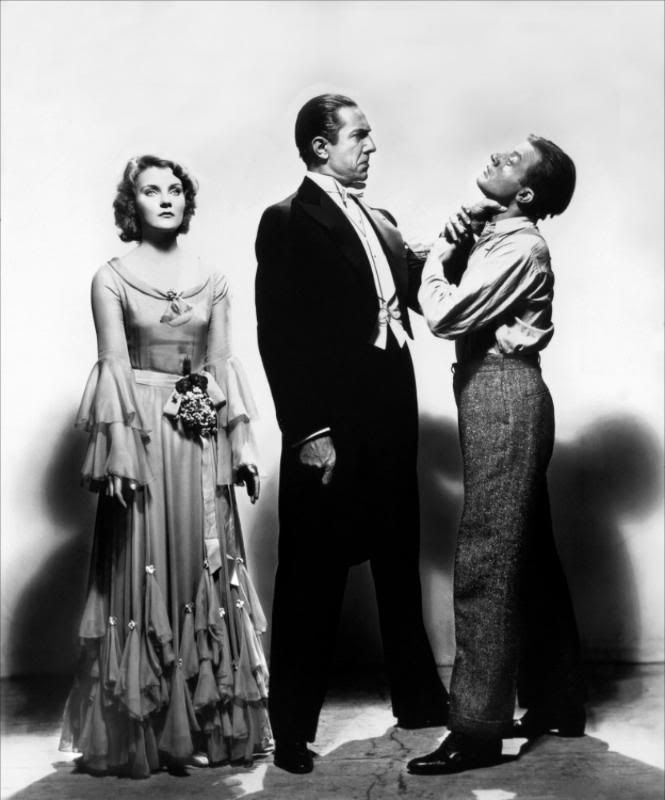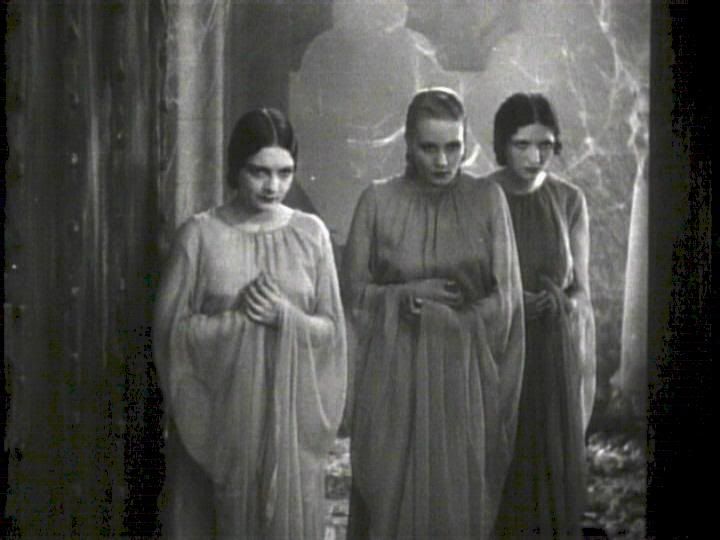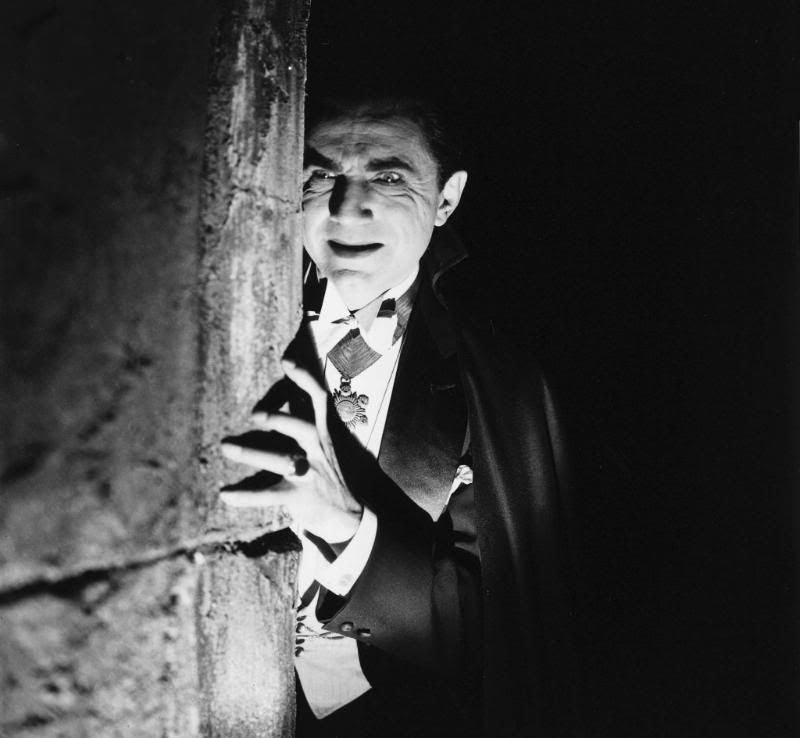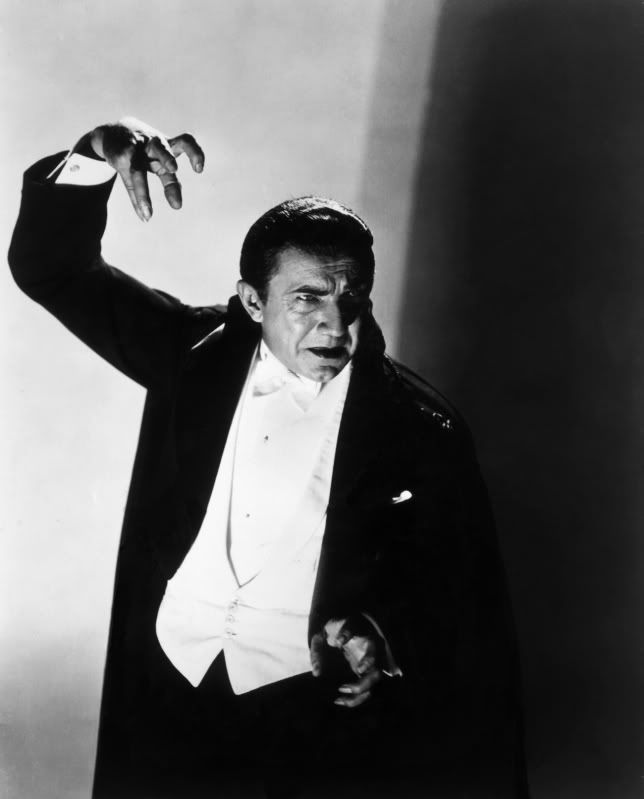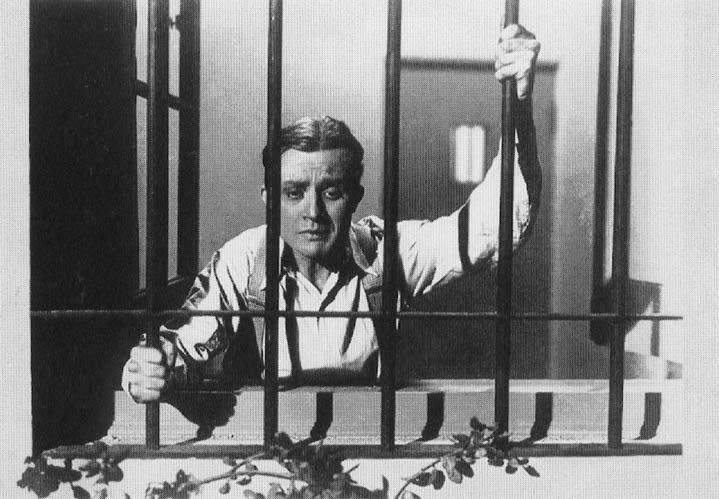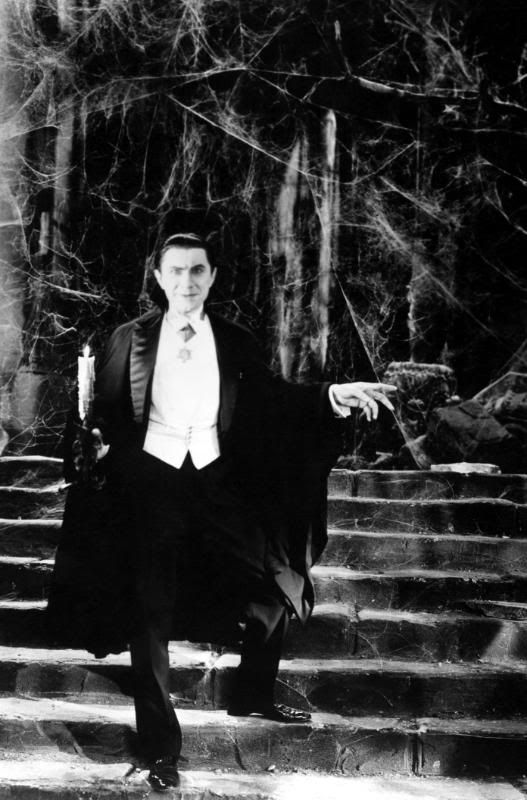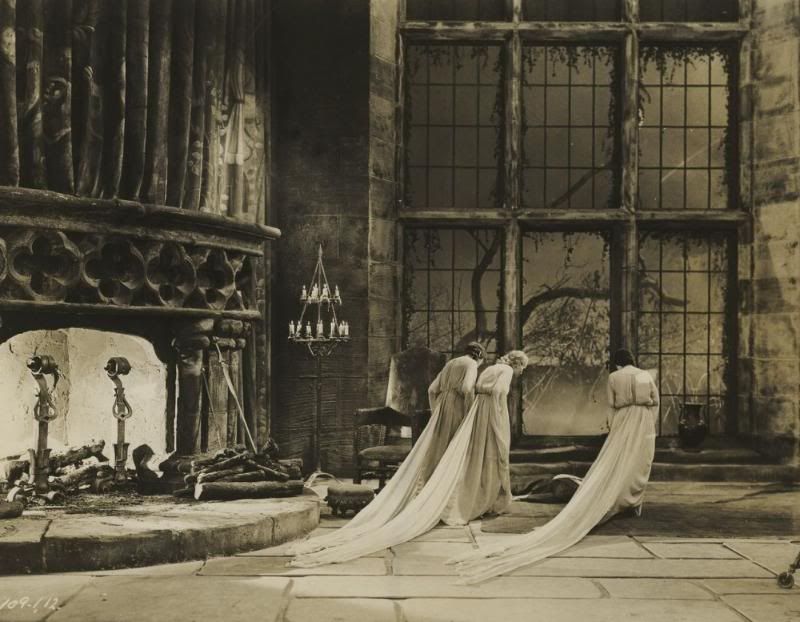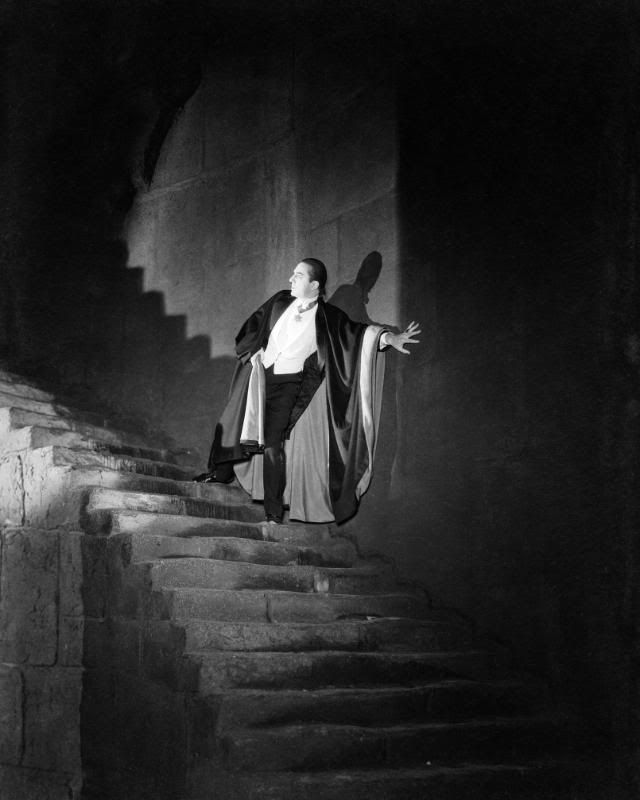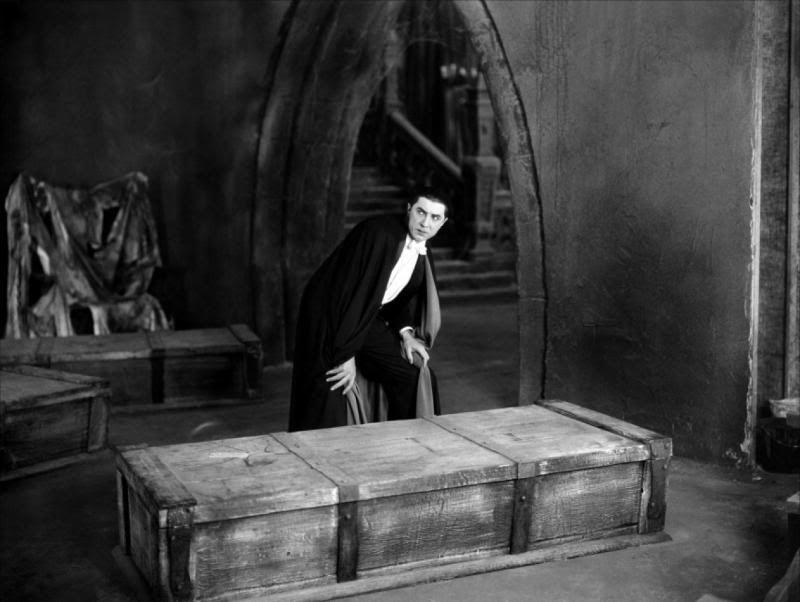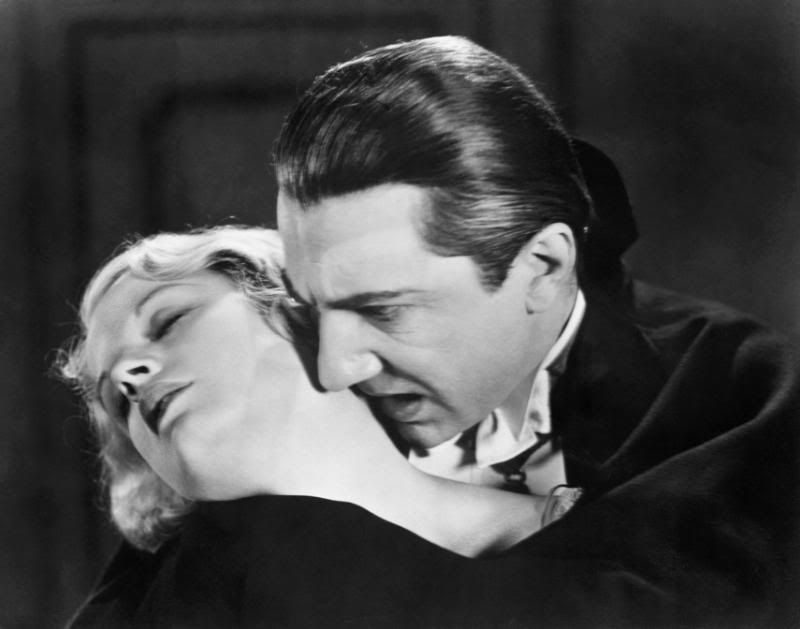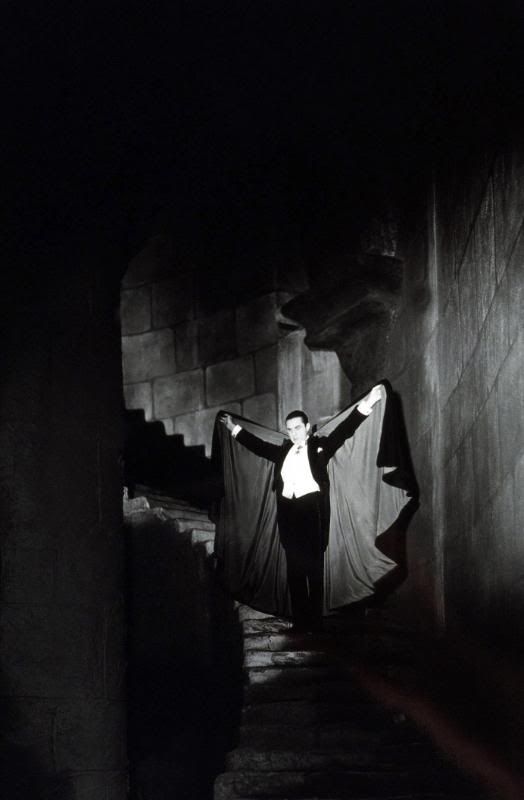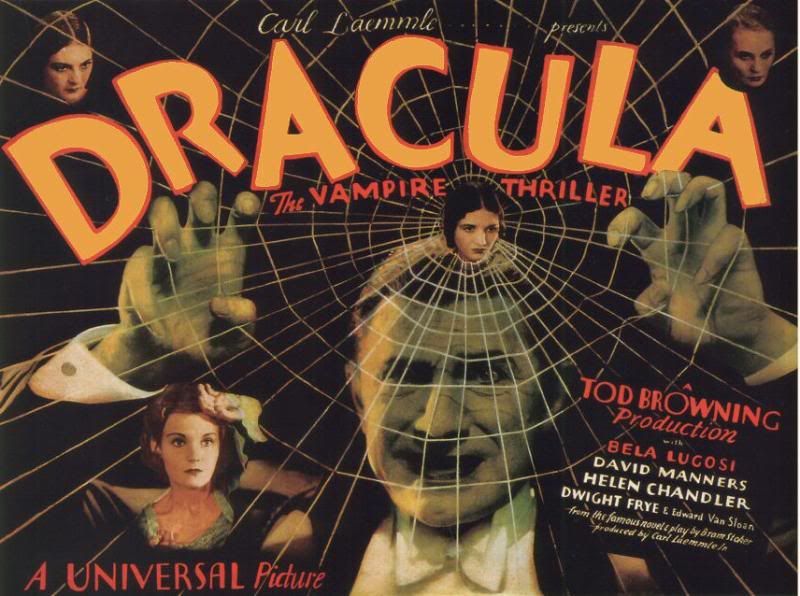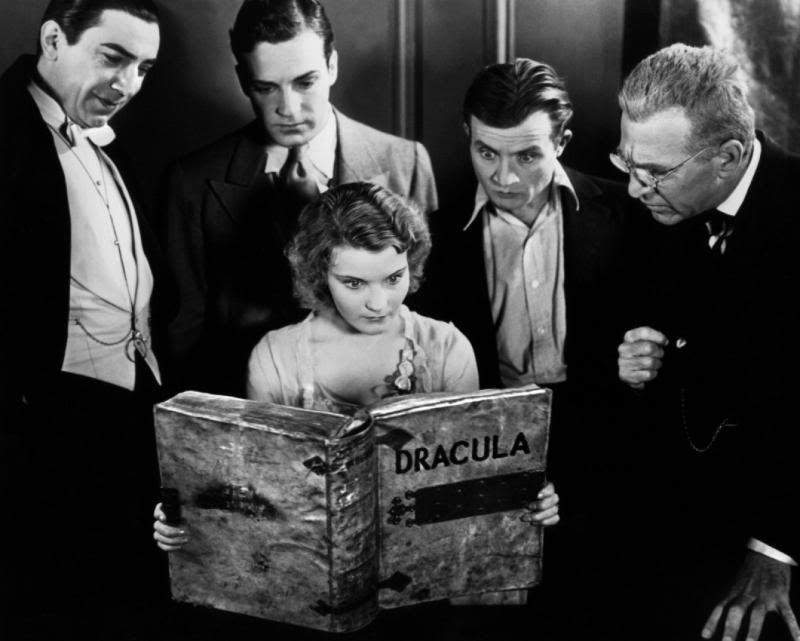Hope you all have a great time celebrating the day in whatever way you plan to. (And if you're not Christian, best wishes to you anyway! I'm not one either!)
As for me, I'll be having a nice big Xmas dinner with my family, then having another with my girlfriend and her parents at her parents' house. :D Everyone feel free to post about your day, and what gifts you gave and received! I'll likely be updating this post a little later with mine.
Saturday, December 25, 2010
Tuesday, December 14, 2010
Music Musing: We Wish You a Metal Xmas
Welcome to Music Musing(I do so love my alliteration!), a feature of no particular regularity in which I'll present my thoughts revolving around something music-related. Today, we're looking at a great Christmas album that I must confess I had forgotten about, until my girlfriend brought it to my attention again a few weeks ago. Boasting a roster of some of the greatest metal musicians of all time, it's We Wish You a Metal XMas and a Headbanging New Year!
You could be forgiven for dismissing this as a mere novelty album at first glance, but look at the names of the people involved! Alice Cooper! Dave Grohl! Lemmy! Billy Gibbons! DIO!!! Hot damn, with a talent roster like that, this is definitely worth a listen! And make no mistake, this album kicks ass. Obviously, anytime Dio is involved with a project, he'll be a standout. He's awesome, that's just how these things go. His track, God Rest Ye Merry Gentlemen, is my favorite on the entire album. All the musicians do a good job on the album, but Dio covers this song that's really outside the realm of what he's known for, and just totally owns it like no one else on the entire album does. On my second listen, an idea went off in my mind like a bomb.
Dio should have done a gospel album.
I'm completely serious here. Just listen to him belt out this Christmas song and see if you don't agree that he could totally own on a gospel album. I can't get the idea out of my head now, I've had the few gospel songs I know circulating in my mind ever since, rendered as only Dio could do it. It seems like such a gigantic missed opportunity.
I know I may sound a little goofy at this point, but that doesn't really bother me. I've never been a big listener of gospel music, but for whatever reason, the idea of a Dio gospel album seems inconceivably awesome to me. I'll deal with it, everything's cool. I just had to share this idea once it occurred to me. Whether you agree with me or you think I'm a lunatic, give this album a shot. It's a lot of fun, and the Dio track is just too awesome for its own good!
You could be forgiven for dismissing this as a mere novelty album at first glance, but look at the names of the people involved! Alice Cooper! Dave Grohl! Lemmy! Billy Gibbons! DIO!!! Hot damn, with a talent roster like that, this is definitely worth a listen! And make no mistake, this album kicks ass. Obviously, anytime Dio is involved with a project, he'll be a standout. He's awesome, that's just how these things go. His track, God Rest Ye Merry Gentlemen, is my favorite on the entire album. All the musicians do a good job on the album, but Dio covers this song that's really outside the realm of what he's known for, and just totally owns it like no one else on the entire album does. On my second listen, an idea went off in my mind like a bomb.
Dio should have done a gospel album.
I'm completely serious here. Just listen to him belt out this Christmas song and see if you don't agree that he could totally own on a gospel album. I can't get the idea out of my head now, I've had the few gospel songs I know circulating in my mind ever since, rendered as only Dio could do it. It seems like such a gigantic missed opportunity.
I know I may sound a little goofy at this point, but that doesn't really bother me. I've never been a big listener of gospel music, but for whatever reason, the idea of a Dio gospel album seems inconceivably awesome to me. I'll deal with it, everything's cool. I just had to share this idea once it occurred to me. Whether you agree with me or you think I'm a lunatic, give this album a shot. It's a lot of fun, and the Dio track is just too awesome for its own good!
Wednesday, December 8, 2010
Remembering John Lennon
It was thirty years ago today that John Lennon was murdered in front of his apartment in New York City. I can think of no better tribute than to listen to some of his wonderful music today, whether from his time in the Beatles, with his wife Yoko Ono, or his solo work. I know I'll be giving his Imagine album another listen, at the very least.
Wednesday, November 24, 2010
Happy Thanksgiving!
Everyone have a nice holiday weekend! Gorge, and be merry!
(Really, though, why the hell isn't Batman at the head of the table? Superman is a dickbag. Also, try to ignore the way the Atom is prancing around on the table like he's auditioning for Dancing with the Stars.)
(Really, though, why the hell isn't Batman at the head of the table? Superman is a dickbag. Also, try to ignore the way the Atom is prancing around on the table like he's auditioning for Dancing with the Stars.)
Happy birthday to Boris Karloff!
I had this ready yesterday, but with all that was going on, I forgot to post it. Oops!
Boris Karloff, my all-time favorite actor, was born on this day(yesterday, now) in 1887. Best remembered today for his iconic performance as the Frankenstein Monster, Karloff created a seemingly endless assortment of unforgettable characters throughout his long career. One of his greatest assets as an actor were his sad, expressive eyes, which helped him bring a touch of pathos to even the most despicable characters. Even someone as thoroughly evil as Karloff's Hjalmer Poelzig in 1934's The Black Cat is not entirely without sympathy, and Karloff is one of the only people who could have pulled that off.
Today, take a moment and remember this wonderful actor, or better yet, watch one his classic films!
Boris Karloff, my all-time favorite actor, was born on this day(yesterday, now) in 1887. Best remembered today for his iconic performance as the Frankenstein Monster, Karloff created a seemingly endless assortment of unforgettable characters throughout his long career. One of his greatest assets as an actor were his sad, expressive eyes, which helped him bring a touch of pathos to even the most despicable characters. Even someone as thoroughly evil as Karloff's Hjalmer Poelzig in 1934's The Black Cat is not entirely without sympathy, and Karloff is one of the only people who could have pulled that off.
Today, take a moment and remember this wonderful actor, or better yet, watch one his classic films!
Wednesday, November 17, 2010
Son of Dracula (1943)
I'm back to help you through hump day with a look at Universal's 1943 Lon Chaney Jr. vehicle Son of Dracula!
By 1943, Universal had clearly positioned Chaney as the heir to his famous father's role as the "Master Character Creator, and their top horror star. Having already originated the role of the Wolf Man, and subsequently tackling the roles of the Frankenstein Monster and the Mummy, it was perhaps inevitable that he would don the black cape of the vampire king Count Dracula.
The mysterious Count Alucard journeys to New Orleans at the invitation of Katherine Caldwell (Louise Allbritton). Colonel Caldwell (George Irving), Katherine's father, dies soon after Alucard's arrival, leaving his plantation to Katherine, while her sister Claire(Evelyn Ankers) inherits his fortune. Katherine soon spurns her boyfriend Frank Stanley(Robert Paige), marrying Alucard. During a confrontation, Frank tries to shoot Alucard, but the bullets pass through the Count and hit Katherine. Mortified, Frank runs away.
The cast is good overall, but the standout is easily Louise Allbritton's Katherine. She ranges from feigned innocence to seductive persuasion to coldly manipulative with ease, becoming the films most interesting character. As the film nears its conclusion, she has usurped Alucard as the most dangerous threat to the other characters in the film.
Tightly scripted by The Wolf Man scribe Curt Siodmak, and ably directed by his brother Robert Siodmak, Son of Dracula is an atmospheric thriller that ranks among the best horror films of the 1940s despite its flaws. The New Orleans setting lends it a unique quality among the classic horror films, and the Universal horrors in particular. The film notably features the first time a vampire transforms into a bat onscreen, an effect achieved by Academy Award-winning visual effects guru John P. Fulton. Ultimately, Son of Dracula may be only a minor classic in the Universal canon, but this often-overlooked film is a gem that is well worth spending 80 minutes with.
By 1943, Universal had clearly positioned Chaney as the heir to his famous father's role as the "Master Character Creator, and their top horror star. Having already originated the role of the Wolf Man, and subsequently tackling the roles of the Frankenstein Monster and the Mummy, it was perhaps inevitable that he would don the black cape of the vampire king Count Dracula.
The mysterious Count Alucard journeys to New Orleans at the invitation of Katherine Caldwell (Louise Allbritton). Colonel Caldwell (George Irving), Katherine's father, dies soon after Alucard's arrival, leaving his plantation to Katherine, while her sister Claire(Evelyn Ankers) inherits his fortune. Katherine soon spurns her boyfriend Frank Stanley(Robert Paige), marrying Alucard. During a confrontation, Frank tries to shoot Alucard, but the bullets pass through the Count and hit Katherine. Mortified, Frank runs away.
Frank goes to his friend Dr. Brewster(Frank Craven) for help. When Brewster pays a visit to the couple, he finds Katherine seemingly alive and well. Alucard and Katherine inform the doctor that their days are consumed with their new scientific research; thus, they will only accept visitors at night. With the arrival of Professor Lazlo(J. Edward Bromberg), the vampiric nature of Alucard is revealed, and the three of them realize that Katherine has become a vampire as well. Ominously, Lazlo realizes what name is revealed when "Alucard" is spelled backward...
Son of Dracula is not a particularly well-liked film. Most viewers take issue with Chaney's casting as Dracula, feeling that the burly, thoroughly American actor is not suited for the role. Honestly, it's tough to disagree. However, the film takes on a new dimension, and Chaney seems less miscast, if you consider the possibility that his character is an imposter. He claims to be Dracula, but there's no evidence presented to substantiate this claim. There is a very real possibility that Alucard is simply a vampire who has usurped the dreaded name of Count Dracula to boost his reputation. I find that the film is more enjoyable if viewed with this in mind. The script does call Alucard's true identity into question, so it's not coming completely out of left field. Many of the problems people have with the film, and the characterization of Alucard in particular, disappear when watching it from this point of view. The cast is good overall, but the standout is easily Louise Allbritton's Katherine. She ranges from feigned innocence to seductive persuasion to coldly manipulative with ease, becoming the films most interesting character. As the film nears its conclusion, she has usurped Alucard as the most dangerous threat to the other characters in the film.
Tightly scripted by The Wolf Man scribe Curt Siodmak, and ably directed by his brother Robert Siodmak, Son of Dracula is an atmospheric thriller that ranks among the best horror films of the 1940s despite its flaws. The New Orleans setting lends it a unique quality among the classic horror films, and the Universal horrors in particular. The film notably features the first time a vampire transforms into a bat onscreen, an effect achieved by Academy Award-winning visual effects guru John P. Fulton. Ultimately, Son of Dracula may be only a minor classic in the Universal canon, but this often-overlooked film is a gem that is well worth spending 80 minutes with.
Thursday, November 11, 2010
Wednesday, November 10, 2010
Frankenstein (1910)
I intended to get this up during the day today so those of you who read during the workday would have a little something extra to get you over the hump, but life kinda got in the way of that today. Still, a few hours late ain't too bad! Today, we'll be looking at a film that was once considered lost, 1910's Frankenstein!
Thomas Edison's film company produced hundreds of films, most of which clocked in around the ten-minute mark. Frankenstein was no exception, running about 13 minutes. The film was shot in three days by director J. Searle Dawley at Edison's New York film studio in the Bronx.
Young Dr. Frankenstein(Augustus Phillips) departs for college, leaving his father and fiancee(Mary Fuller) behind. Frankenstein becomes obsessed with discovering the secrets of life and death. His ambition is to create the perfect human being, but the fruit of his labors is a horrific creature(Charles Ogle) that threatens all that Frankenstein holds dear.
None of the actors' careers survived the silent era. (Fuller, in particular, had a tragic life.) Ogle makes a distinct impression as the Monster, even with his limited screentime. The Monster makeup, which Ogle reportedly designed himself, has a design which has echoed through the decades in many of the Frankenstein Monster designs we've seen in all the years since. Most notably, the Monster's large, square forehead is one of the physical traits most strongly-identified with the Frankenstein Monster in pop culture. (It seems nearly impossible that Jack Pierce wasn't partially inspired by the Ogle Monster when designing Boris Karloff's makeup for Universal's version of Frankenstein in 1931. This is just conjecture, however.) The visually intriguing creation sequence, which must have absolutely floored audiences at the time, was accomplished through the use of a papier mache figure of the Monster. The figure was burned, and the footage was shown in the reverse in the film, so the Monster appears to be growing from the ether.
As mentioned previously, the film was believed lost for decades until its rediscovery in the 1970s. A print had been purchased by a film collector in the '50s, who revealed its existence after he became aware of its rarity. A new 35MM print was made, and the film has since been given a DVD release.
Although it jettisons nearly everything from the source novel, Frankenstein remains the first film adaption of the famous story. The film feels rather stagebound, as only a couple of sets are seen; this was typical of many films of the era(when outdoor locations were not utilized, small sets were used instead). Today, it's probably more of a cinematic curiosity than genuine entertainment for most people, but what a curiosity it is! Frankenstein remains a landmark in film history, particularly for the horror genre. With its brief running time, and its status as a public domain film that is easily found on sites like Youtube, there's no reason not to watch it. In this film, you will see the embryonic form of one of the most enduring icons of our culture.
Thomas Edison's film company produced hundreds of films, most of which clocked in around the ten-minute mark. Frankenstein was no exception, running about 13 minutes. The film was shot in three days by director J. Searle Dawley at Edison's New York film studio in the Bronx.
Young Dr. Frankenstein(Augustus Phillips) departs for college, leaving his father and fiancee(Mary Fuller) behind. Frankenstein becomes obsessed with discovering the secrets of life and death. His ambition is to create the perfect human being, but the fruit of his labors is a horrific creature(Charles Ogle) that threatens all that Frankenstein holds dear.
None of the actors' careers survived the silent era. (Fuller, in particular, had a tragic life.) Ogle makes a distinct impression as the Monster, even with his limited screentime. The Monster makeup, which Ogle reportedly designed himself, has a design which has echoed through the decades in many of the Frankenstein Monster designs we've seen in all the years since. Most notably, the Monster's large, square forehead is one of the physical traits most strongly-identified with the Frankenstein Monster in pop culture. (It seems nearly impossible that Jack Pierce wasn't partially inspired by the Ogle Monster when designing Boris Karloff's makeup for Universal's version of Frankenstein in 1931. This is just conjecture, however.) The visually intriguing creation sequence, which must have absolutely floored audiences at the time, was accomplished through the use of a papier mache figure of the Monster. The figure was burned, and the footage was shown in the reverse in the film, so the Monster appears to be growing from the ether.
As mentioned previously, the film was believed lost for decades until its rediscovery in the 1970s. A print had been purchased by a film collector in the '50s, who revealed its existence after he became aware of its rarity. A new 35MM print was made, and the film has since been given a DVD release.
Although it jettisons nearly everything from the source novel, Frankenstein remains the first film adaption of the famous story. The film feels rather stagebound, as only a couple of sets are seen; this was typical of many films of the era(when outdoor locations were not utilized, small sets were used instead). Today, it's probably more of a cinematic curiosity than genuine entertainment for most people, but what a curiosity it is! Frankenstein remains a landmark in film history, particularly for the horror genre. With its brief running time, and its status as a public domain film that is easily found on sites like Youtube, there's no reason not to watch it. In this film, you will see the embryonic form of one of the most enduring icons of our culture.
Monday, November 8, 2010
Thanksgiving season is upon us!
Everybody likes to eat(fashion models aside), and there's no better celebration of all things culinary than Thanksgiving. The blog won't be taken over by Thanksgiving like it was with Halloween, largely because no other holiday is as awesome as Halloween, but it's still nice that we have a holiday devoted to gathering the family and eating until it hurts, and it will not pass unnoticed. We'll be looking at a few Thanksgiving-themed movies and such over the course of the next few weeks, along with the usual horror-related content. I still haven't made a final decision on what the regular Monday feature will be now that Halloween is over, but every Wednesday is movie day, so come back and check it out in two days.
Monday, November 1, 2010
Post-Halloween wrap-up
So, how was everyone's Halloween? Here are a few clumsily touched-up Halloween photos! You could see my face beyond the eyeholes with the flash from the camera, so I covered 'em up with my meager photo-altering abilities.
I hope you all enjoyed the blog this past month. It wasn't easy putting together an entry every single day of the month, but it was fun, and I'm glad I did it. Don't be surprised if you see me doing it again next year!
Entries on classic horror movies aren't going anywhere, though. I'll still be doing them, just not every day. I have a couple of horror movie-focused pieces coming up, as well as a multi-part feature on the Bela Lugosi-starring serial The Phantom Creeps that should be fun.
I'm taking the week off, but I'll be back Monday, so swing back by and check it out! I'm not going anywhere!
I hope you all enjoyed the blog this past month. It wasn't easy putting together an entry every single day of the month, but it was fun, and I'm glad I did it. Don't be surprised if you see me doing it again next year!
Entries on classic horror movies aren't going anywhere, though. I'll still be doing them, just not every day. I have a couple of horror movie-focused pieces coming up, as well as a multi-part feature on the Bela Lugosi-starring serial The Phantom Creeps that should be fun.
I'm taking the week off, but I'll be back Monday, so swing back by and check it out! I'm not going anywhere!
Sunday, October 31, 2010
31 Days of Halloween Finale: Dracula (1931)
Today is Halloween, and what better way to end our month-long celebration than with a look at the film that kicked off the entire cycle of classic horror films in the 1930s? That's right, it's 1931's Dracula, starring the great Bela Lugosi, at the very peak of his abilities!
Solicitor Renfield(Dwight Frye) travels to Transylvania to meet with the wealthy and mysterious Count Dracula(Lugosi) to complete the sale of Carfax Abbey, a house in England. It soon becomes clear that there is far mor to the Count that Renfield ever could have suspected, and he quickly becomes Dracula's demented servant.
Dracula journeys to England via ship, with the cackling Renfield in tow. Destroying the entire crew by the time the ship arrives at its destination, Dracula wastes no time in ingratiating himself with the British upper class. He orchestrates an introduction to Dr. Seward(Herbert Bunston), his daughter Lucy(Frances Dade), her best friend Mina(Helen Chandler), and her fiance Jonathan Harker(David Manners).
Lucy is immediately fascinated with the exotic Count, and she becomes his primary target. Dr. Van Helsing(Edward Van Sloan) is called in to investigate her mysterious illness, and soon deduces that they are dealing with a vampire. Renfield, who has been confined in Seward's sanitarium, unwittingly confirms Van Helsing's suspicions, and he sets about identifying and destroying the undead monster.
As discussed last week, the first film adaptation of Bram Stoker's classic vampire novel was 1922's Nosferatu: A Symphony of Horror. Despite the controversy surrounding its illegal status, it was highly praised even then for its artistry. Universal acquired a print of the film, and drew a good deal of inspiration from it for their licensed adaptation of the Dracula story.
Director Tod Browning has been the subject of much criticism for his seemingly lackluster work on this seminal film-- indeed, for whatever reason, the directing in this film is hardly up to his usual standards-- but he helped put together a hell of a cast. Bela Lugosi, obviously, transcends any attempt at criticism in this film. His performance is the stuff of legend, a career-defining masterwork that ensures that he will never be forgotten. Nearly eighty years later, mention Dracula to anyone, and the image that leaps immediately to mind is that of Bela Lugosi. Lugosi's Dracula is quite possibly the single most iconic performance in the history of film.
Believe it or not, Universal didn't even want him. Lugosi was only cast seemingly because Universal could find no other suitable candidate after months of searching. Lugosi was paid a paltry $500 per week, while the seemingly comatose David Manners was paid four times that. This kicked off a nasty tradition of Lugosi being constantly underpaid and under-appreciated that would last the rest of his film career. Despite all that, Lugosi's work in this film bought him an immortality that the vast majority of actors can only dream of.
Dwight Frye gives the next most memorable performance in the film. His deranged, tortured performance of Renfield is one of the film's highlights. Edward Van Sloan is in fine form as Van Helsing, a template for the sort of characters he would be cast as in several films to follow.
The rest of the cast is mostly serviceable. Helen Chandler and Frances Dade are very nice to look at, but they aren't given much to work with. David Manners as Harker is basically a non-entity in the film, but it's not really his fault. The part is not written well(it's barely written at all!). For some reason, the Harker character always seems to come off pretty poorly in Dracula films, but I don't think he ever fared worse than in this one.
The sets are very nice overall, but the set for Castle Dracula is a show-stopper. It's a shame we don't get to see more of it. The wonderful Carfax Abbey set is woefully underutilized, as well(although we get to see more of it in the simultaneously-produced Spanish language version of the film).
Dracula is a flawed film. There are long stretches where little happens, and the many scenes feel very stage-bound. Despite the presence of Karl Freund, who pioneered the use of the moving camera in film, many scenes just seem to plant the camera and let it take root while we watch gray people talk incessantly. But that is only a small part of Dracula, and it has some of the biggest guns imaginable in its arsenal that make it worthy of its classic status despite its flaws. Whenever Lugosi is onscreen, the film comes alive, and the introductory scenes are among the best and most atmospheric in all the classic horror films. Spend 70 minutes of your Halloween with this classic, and endure through the few boring stretches. It's worth it. And to truly give yourself a fright, try to imagine a world where Dracula was never made. Film-- not to mention popular culture-- would be inconceivably poorer.
Subscribe to:
Posts (Atom)

